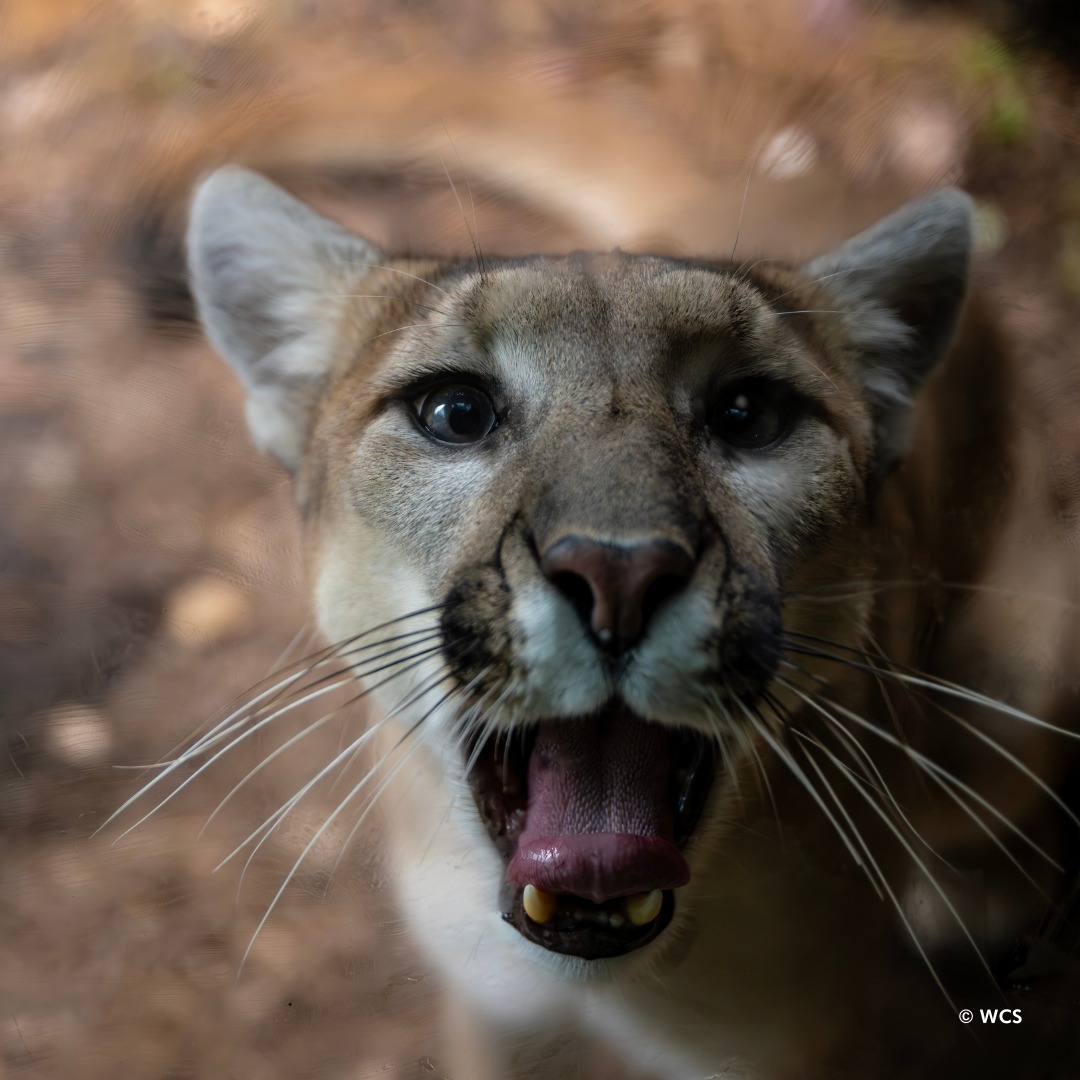- Capturing wildlife through the lens: An overview of WCS photographer Terria Clay’s work at Queens Zoo.
- The role of Queens Zoo in wildlife conservation and education.
- Insights into the unique biodiversity and species housed at the Queens Zoo.
- The importance of public engagement and community outreach in zoo programs.
- Collaborative efforts in wildlife conservation and research at Queens Zoo.
WCS photographer Terria Clay has woven an intimate tapestry of wildlife through her camera lens at the Queens Zoo. Her photographs are not just images; they are windows into the vibrant heart of zoological life. Through her work, wildlife becomes more than a distant concept; it feels immediate and alive. Clay’s photography highlights the unique characteristics of each species, showcasing their behaviors and interactions in an authentic zoo setting. This approach is vital for educating the public, allowing them to appreciate and understand the animals not only as specimens but as integral parts of worldwide ecosystems.
The zoo environment offers Terria Clay the perfect backdrop for her craft, utilizing natural light and surroundings to highlight animals in their most naturalistic behaviors. She captures moments that tell stories—moments of play, rest, and social interaction among the zoo’s residents. This style of photography enables viewers to engage deeply with wildlife, fostering an emotional connection that encourages a pro-conservation mindset. By presenting animals in a manner that highlights their unique roles in the animal kingdom, Clay’s photographs serve both artistic and educational purposes, simultaneously appealing to zoology aficionados and general zoo visitors.
Queens Zoo serves as a bastion of wildlife conservation and environmental education, continuously striving to protect endangered species and educate the public about biodiversity. This zoo is part of the Wildlife Conservation Society (WCS), a global organization focused on protecting wildlife and their habitats. As such, the Queens Zoo is involved in numerous conservation initiatives that span local to international levels. The zoo’s programs aim to provide a microcosm of environmental stewardship, demonstrating the importance of sustaining biodiversity and encouraging visitors to participate actively in conservation efforts.
Educational initiatives at Queens Zoo are meticulously crafted to appeal to a wide range of audiences, from school-aged children to adults with a keen interest in wildlife and conservation. Through interactive exhibits and educational tours, visitors learn about the complex ecosystems from which these animals originate and the challenges they face in the wild. Furthermore, these programs emphasize the impact humans have on ecosystems and explore ways to mitigate negative effects through everyday actions. This holistic approach to education helps cultivate an informed public, empowered to make decisions that benefit wildlife conservation efforts.
The Queens Zoo offers a diverse array of species, some native to North America and others representing habitats from around the world. Among its most treasured residents are the Andean bears and American bison, each serving as ambassadors for their respective species. The Andean bear, for instance, is part of a critical captive breeding program aimed at increasing population numbers and preserving genetic diversity. In contrast, the American bison exhibit highlights successful conservation stories, underscoring what can be achieved through concerted efforts to protect endangered species.
Each animal’s habitat at the zoo is designed to replicate their natural environments closely, allowing them to exhibit behaviors as they would in the wild. The zoo’s commitment to animal welfare is evident in the care and enrichment provided to its inhabitants. Regular monitoring and behavioral studies ensure that all animals are physically and mentally stimulated, which is crucial for their overall well-being. This focus on animal health and naturalistic living spaces demonstrates the zoo’s dedication to maintaining high standards in land-based wildlife management.
Public engagement programs at Queens Zoo are integral to its conservation mission. By hosting events such as “Happy Friday” celebrations, where visitors can enjoy special presentations and meet-and-greets with the zoo’s keepers, the zoo strengthens its ties with the community. These events are not just entertaining; they are educational, aiming to instill a sense of curiosity and responsibility towards wildlife and conservation efforts. Community involvement is further encouraged through volunteer opportunities and citizen science projects, which allow locals to participate actively in conservation activities.
The zoo’s collaborative approach extends beyond its immediate environment, engaging with academic institutions, conservation organizations, and governmental bodies. Such partnerships facilitate research initiatives and contribute valuable data to global wildlife conservation efforts. By working with a broad range of stakeholders, Queens Zoo strengthens its capacity to achieve sustainable conservation outcomes. This collaborative network enhances species preservation efforts and promotes environmental research that can inform policy and management strategies worldwide.
Queens Zoo’s endeavors reflect a dedication to wildlife conservation that serves as a model for other institutions. By fostering connections between people and wildlife through initiatives like those captured by Terria Clay’s photography, the zoo lays the groundwork for a future where biodiversity and ecological balance are prioritized. It exemplifies how zoological institutions can become critical players in global conservation, tasked with the responsibility of protecting our planet’s rich biological legacy.
*****
Source Description
Happy Friday from the Queens Zoo!
📸: WCS photographer, Terria Clay


